5 Ways Marriage Proposals And Engagements Are Different In Japan
As Seen By A Conversation With Six Japanese Women
Between the traditions of the past and the modern, globalized world, how do Japanese couples get engaged these days?
In the West there are some common features to “the proposal” – the man plans something elaborate for his lady, surprises her, produces a ring, and, on most occasions, makes sure that the whole experience is overall unforgettable. After my boyfriend popped the question (in Western style), I became curious about the process here in Japan, so I surveyed six married Japanese friends of mine on their own experiences and their observations of society more broadly. While there were lots of similarities, there were also some enlightening differences.
1. Size doesn’t always matter
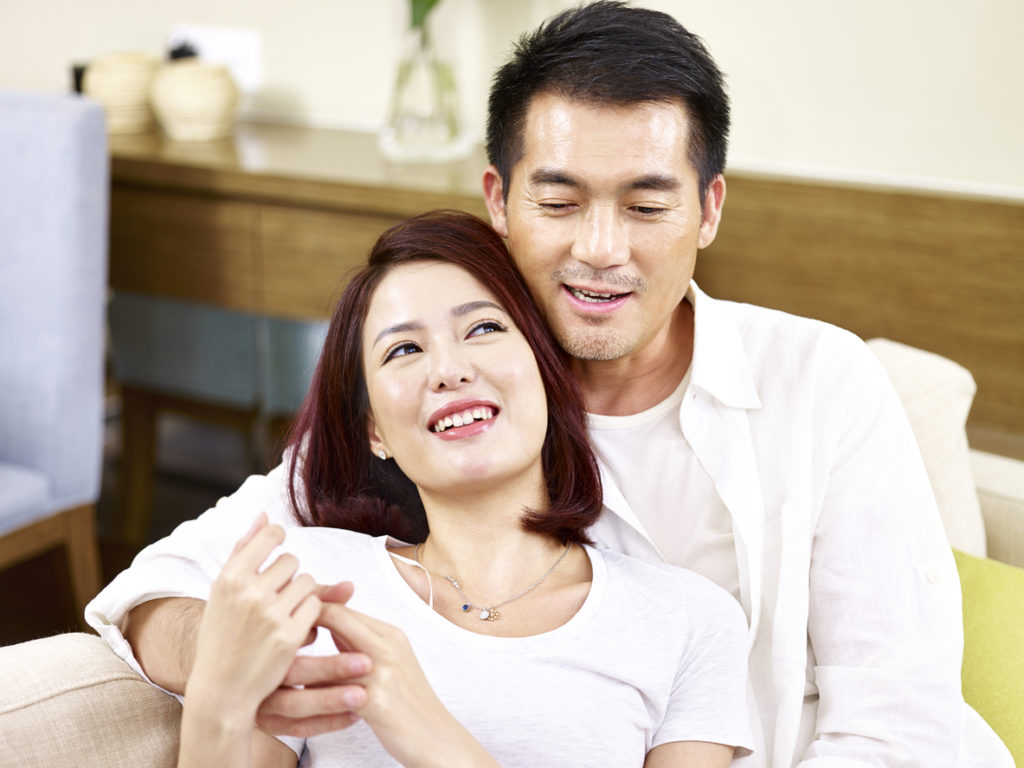
The first big difference I noticed was that grand gestures are not as common in Japan as in the West. In countries like Australia, elaborately planned proposals are par for the course. Originality is key and great expense is sometimes involved. Stories of public proposals or scavenger hunts that lead to a ring, or (this really happened) a guy re-enacting a popular music video and screening it in a cinema before asking his girlfriend to marry him, are not out of the ordinary.
None of my Japanese friends made mention of such proposals, although one did say a few of her male friends had made grand gestures when they knew their girlfriends were expecting it. But everyone agreed quiet, low-key proposals are more common.
My husband proposed to me right after he woke up from a nap.
My favorite such story came from Mai. “My husband proposed to me right after he woke up from a nap,” she said. “I was reading a book on the couch and he said something like, ‘I feel so right with you. Will you marry me?’ It was very typical of him. The more important things are, the less he considers and the more he trusts his gut feeling.”
As to why this might be the case, another friend echoes an idea I’ve heard thrown around before – that while some women have romantic notions, Japanese men may be too shy to fulfill those hopes.
2. Not constrained by gender

Just as these simple moments of heartfelt words contrasted with the Western bent toward the big, I found another rather surprising difference: women are often proposing to men here in Japan.
While my survey was by no means exhaustive, two out of the six women I interviewed had proposed to their husbands. This was surprising. I have seen dozens of friends and acquaintances get engaged back home, and it is always the man who does the proposing. When a woman proposes to her male partner, it’s so unusual that it’s remarked upon.
Broadly speaking, it’s probably not all that common in Japan either. But the casualness with which both friends mentioned it – and the fact that neither are rebels against society – makes me think it might be less of a big deal here for a lady to propose to her man.
“It wasn’t a typical way to propose,” Miho confirms, while talking about how she asked her husband to marry her after they had had a fight. “But I sometimes hear of the same situation.” The woman asking, not the fight, she clarifies.
I also wonder if this could be related to the “shy man” theory; could this be another reason why it’s not taboo for a woman to ask her beau to marry her in Japan?
3. ‘The Ring’ is mostly kept for special occasions
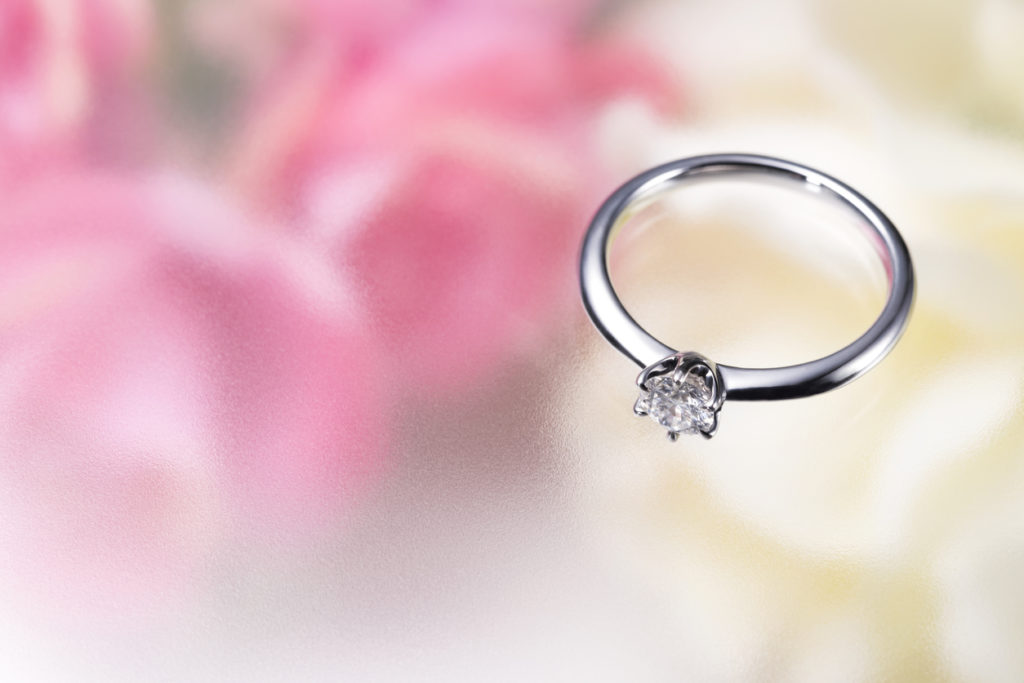
So how about that central symbol of the proposal – the man down on one knee, holding up a ring box with a sparkling diamond inside? Well, it definitely has a place in modern Japanese engagements, it just seems to be less of a centerpiece than in the West.
I’d long noticed that most married Japanese women only wear one ring, so I suggested to my friend Miho that perhaps they don’t receive engagement rings.
[E]ven though all my respondents thought it was pretty usual to wear an engagement ring, the majority of them had actually not received one.
But she corrected me. “We do wear an engagement ring during the engagement, but when we get married, we replace it with the wedding band and keep the first ring at home. After that, we only wear the engagement ring when we go to a special event, like somebody else’s wedding.”
Mai had even done this while engaged. “I didn’t wear it every day, but once a week on a bit of a special occasion, like when going to a museum or ballet performance,” she explained.
On the other hand, even though all my respondents thought it was pretty usual to wear an engagement ring, the majority of them had actually not received one.
4. Traditional engagement ceremonies are a thing in Japan
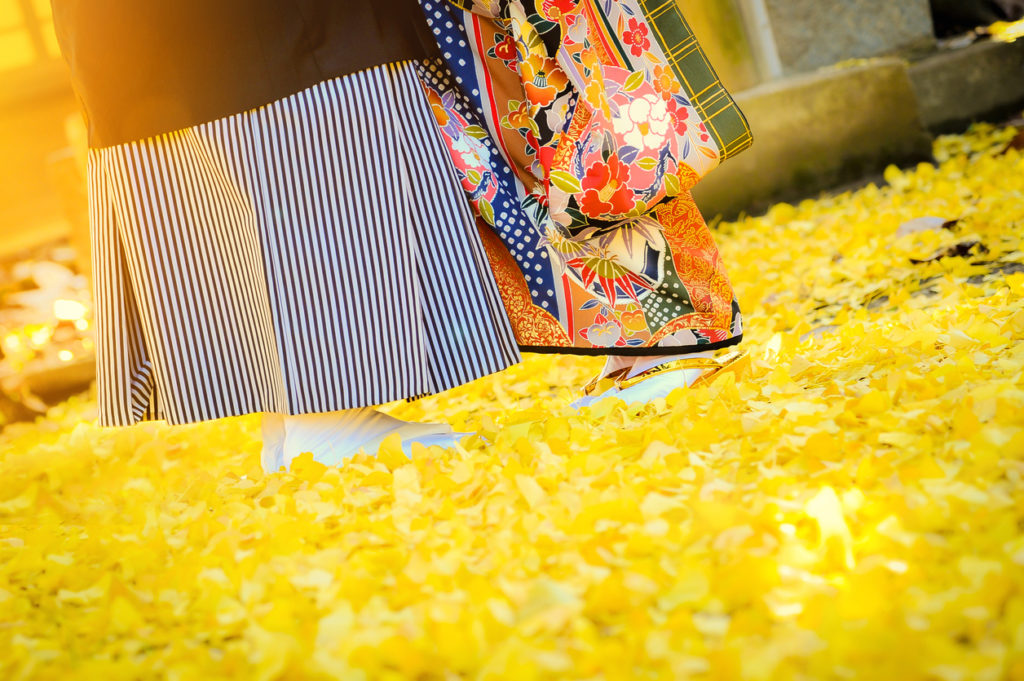
As marriage has changed, so has the marriage proposal (this is no less true in Japan than in the West). But despite the fact that Japanese couples are increasingly doing things their own way, some of the traditions have hung around.
Whereas in the West we tend to have a casual engagement party post-proposal to celebrate with family and friends, in Japan there is the yuino (結納). This is a traditional ceremony where the families meet and exchange symbolic gifts, including dried seafood, fans, hemp rope and – of course – money, to wish for prosperity and old age for the couple.
Most of my interviewees hadn’t held this ceremony personally but it seems to be pretty common especially in rural areas, even if it just amounts to a dinner between families without any of the gifts.
Another tradition that is practiced only occasionally these days is using an omiai (お見合い) to find a marriage partner. This is a formal matchmaking service that sets up a meeting and, if the pair wants to marry, acts as a go-between to arrange the engagement ceremony.
Ikuko was the only one of my friends to have met her husband this way, in an otherwise modern relationship; they dated for a year before he asked her to marry him, and were engaged for another year, holding a yuino three months before the wedding.
5. The length of engagement is usually a year

As in Ikuko’s engagement, the length of time for which people date before getting engaged, and are engaged before marrying, is not vastly different to Western relationships.
Several of my Japanese respondents had had year-long engagements, and two others had been engaged for four and eight months respectively before marrying. One had been engaged for 2.5 years. While people in Australia, for instance, are often engaged for 18 months or two years (and from time to time, for three, four or five years), in Japan, a year or less seems to be about average.
I suspect this is closely connected to how weddings are done here – more simply and often in stages – but that’s a topic for next time.
Have you ever been proposed to in Japan? What was the experience like? Share with us in the comments!













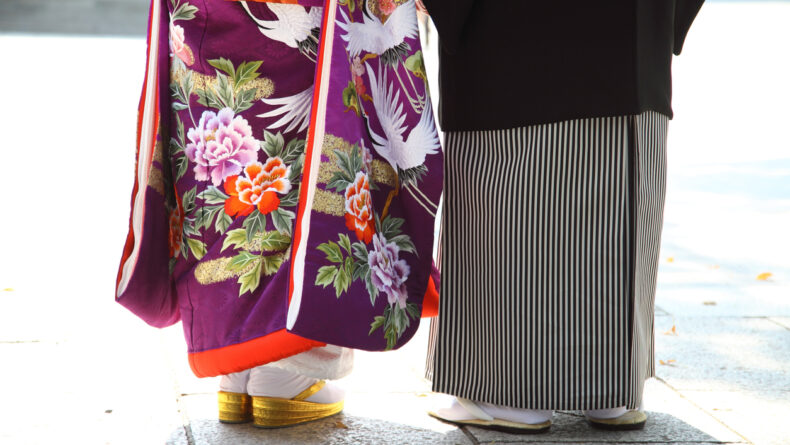

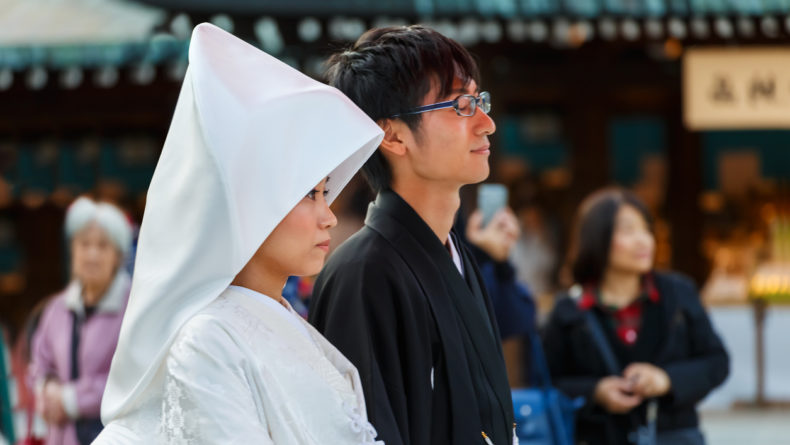
Interesting article about social conventions in other cultures. One concept I didn’t see covered. I am curious if stone size matters? Here they are getting bigger by the day! In 1975 mine was 1/4ct and not unusual, but now 1ct is sneered at by some others
I didn’t have room to mention it, but I was not proposed to in Japan. I am a USA Jeweler’s Granddaughter, and a wedding rings aficionado. I’ve been one since I was born, and the other since I was 10! I love learning about their concept in other cultures.